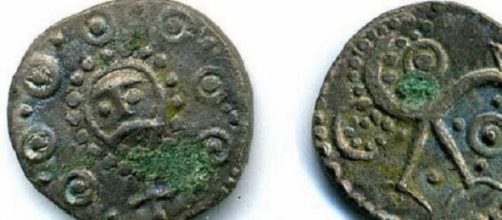Metal-detecting enthusiasts may be viewed with some jocularity by some members of the public, as they scour beaches and open ground hoping to unearth items of treasure of historic interest and worth. However, a man from Southampton who was fortunate enough to discover one of the largest ever collections of Anglo-Saxon coins to have been unearthed in Britain, will take all of that mirth in good humour after netting himself a cool £1.3 million for his efforts. Fifty-nine-year-old Paul Coleman's treasure trove went on public display this week at the British Museum situated in London.
Coleman described his lucky find as "pure fate" and that it felt a bit like "winning the pools", when he unearthed the historic artefacts during a dig just before Christmas last year in a field at Lenborough, near Aylsbury, Buckinghamshire. The dig was an arranged event that he very nearly decided not to even attend, as he was weighing up whether it would be worth filling up his car to make the trip to the village from his home or not. He was very glad he did though, when he found a "sealed" lead container that included more than 5,200 silver coins dating back to the 11th century.
It represents the largest such find since the introduction in 1996 of the Treasure Act, legislation that requires treasure finders to report their bounty to the relevant authorities within 14 days.
The treasure is viewed as the property of the Crown and so must be handed over. It is believed to be the largest find of Saxon coins since 1840, when something in the region of 7,000 were dug up in Cuerdale, near Preston in Lancashire.
Coleman, a member of the Weekend Wanderers Metal Detecting Club, unearthed coins that included those originating from the times of the kings Ethelred the Unready and Canute the Great.
Although the find was extremely valuable and significant from a historic point of view, it was still some way behind the largest UK find of Anglo-Saxon treasure. That was made in a field in Staffordshire in July 2009 and was valued at £3.285 million.

